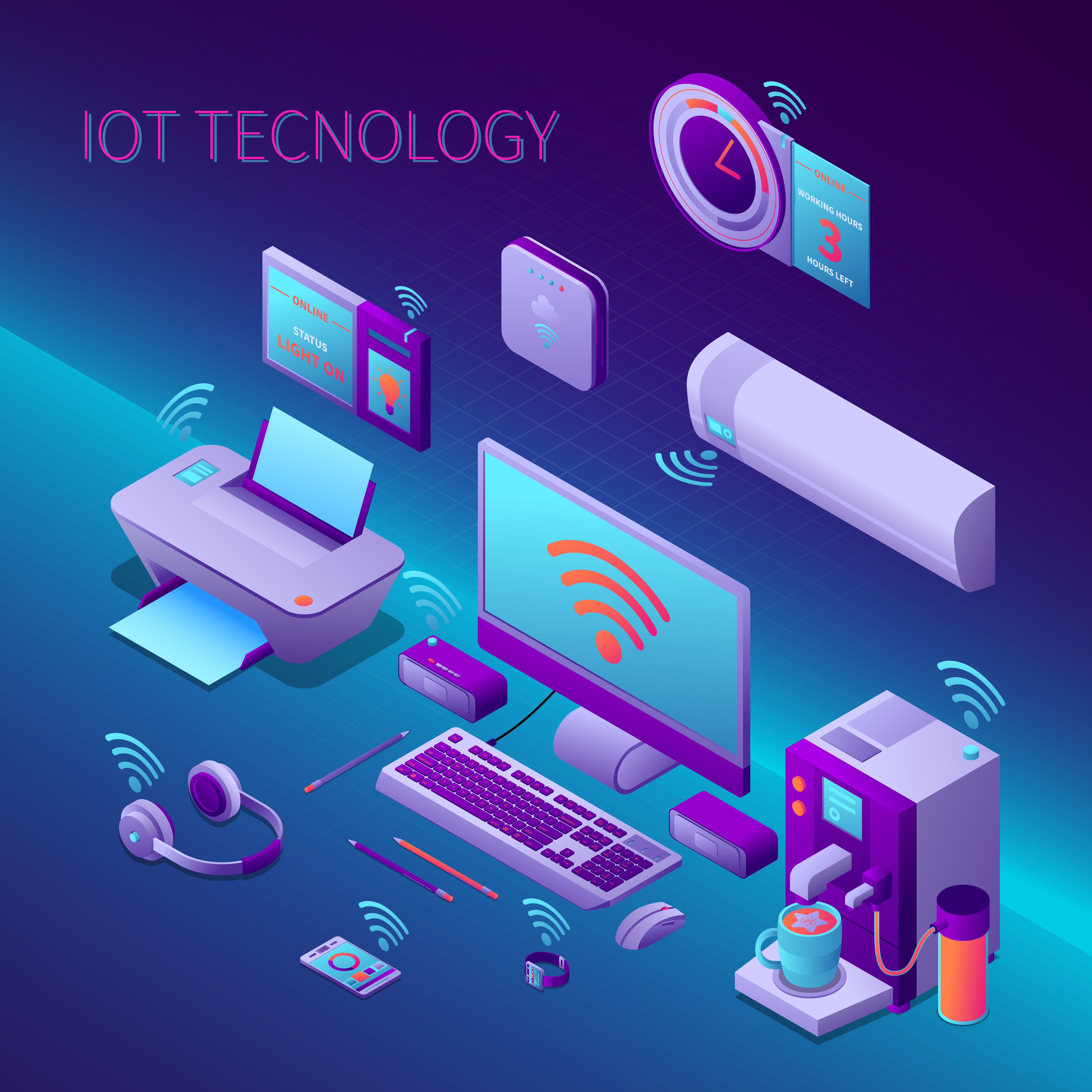The Internet of Things (IoT) has transformed the way we interact with technology, enabling
devices to connect and communicate seamlessly. However, as IoT ecosystems grow, scalability
becomes a critical challenge for developers. Building scalable IoT solutions ensures that
systems can handle increased loads, maintain performance, and adapt to future demands. Here are
the best practices for developers to build scalable IoT solutions.
1. Design with
Scalability in Mind
Scalability should be a core consideration from the beginning of your IoT project. This
involves:
a. Designing modular architectures that allow for easy upgrades and expansion.
b. Using microservices to break down functionalities into smaller, manageable components.
c. Prioritizing flexibility to accommodate new devices, features, and protocols.
2. Leverage Cloud
Computing
Cloud platforms provide the infrastructure needed to support scalable IoT applications. By
leveraging cloud services, developers can:
a. Store and process large volumes of data efficiently.
b. Scale computing resources dynamically based on demand.
c. Ensure high availability and redundancy for IoT systems.
Popular cloud platforms such as AWS IoT, Microsoft Azure IoT, and Google Cloud IoT offer robust
tools to manage scalability.
3. Implement Edge
Computing
Edge computing reduces the reliance on centralized cloud processing by handling data at the edge
of the network. This approach:
a. Decreases latency by processing data closer to the source.
b. Reduces bandwidth usage by filtering and analyzing data locally.
c. Enhances reliability in environments with intermittent connectivity.
Incorporating edge computing into your IoT solution can significantly improve its scalability
and performance.
4. Optimize Data
Management
IoT devices generate vast amounts of data, which can overwhelm systems if not managed
effectively. Best practices include:
a. Implementing data compression techniques to reduce storage and transmission costs.
b. Using data aggregation to consolidate information before sending it to the cloud.
c. Employing advanced analytics tools to process data in real time.
5. Prioritize Security
Security is paramount in IoT solutions, especially as they scale. A single vulnerability can
compromise the entire system. To ensure security:
a. Use secure communication protocols like TLS to protect data in transit.
b. Implement device authentication to prevent unauthorized access.
c. Regularly update and patch devices to address emerging threats.
A secure IoT solution is not only scalable but also reliable and trustworthy.
6. Use Standardized
Protocols
Standardized communication protocols ensure seamless integration and interoperability between
devices. Popular IoT protocols include:
a. MQTT (Message Queuing Telemetry Transport) for lightweight messaging.
b. CoAP (Constrained Application Protocol) for resource-constrained environments.
c. HTTP/HTTPS for traditional web communication.
Standardization simplifies the addition of new devices and components, enhancing scalability.
7. Monitor and Optimize
Performance
Continuous monitoring is essential to ensure your IoT system scales effectively. This involves:
a. Using monitoring tools to track system performance, device health, and network activity.
b. Analyzing logs to identify and resolve bottlenecks.
c. Testing the system under varying loads to prepare for peak usage scenarios.
Proactive monitoring helps developers anticipate challenges and maintain optimal performance.
8. Adopt DevOps Practices
DevOps methodologies streamline development, deployment, and maintenance processes. For scalable
IoT solutions:
a. Automate deployment pipelines to ensure consistent updates across devices.
b. Use containerization tools like Docker to simplify the deployment of microservices.
c. Collaborate across teams to align development and operations goals.
DevOps fosters agility and resilience in managing scalable IoT systems.
9. Plan for
Interoperability
IoT ecosystems often involve diverse devices, platforms, and vendors. To ensure scalability:
a. Build solutions that are vendor-agnostic and support multiple protocols.
b. Use APIs to facilitate integration with third-party systems.
c. Design solutions to adapt to emerging standards and technologies.
Interoperability reduces friction and enhances the scalability of IoT deployments.
10. Future-Proof Your
Solution
Scalability is not just about handling current demands but also preparing for future growth.
Developers should:
a. Anticipate technological advancements and incorporate them into the design.
b. Ensure the solution is flexible enough to accommodate new use cases.
c. Regularly evaluate and update the system to keep pace with industry trends.
Future-proofing ensures your IoT solution remains relevant and scalable over time.
Conclusion
Building scalable IoT solutions is a complex but rewarding challenge for developers. By adopting
these best practices, you can create systems that handle growth seamlessly, maintain high
performance, and adapt to future demands. Whether it’s leveraging cloud and edge computing,
optimizing data management, or prioritizing security, scalability should always be at the
forefront of your IoT strategy.

